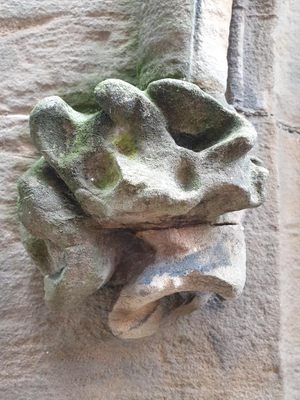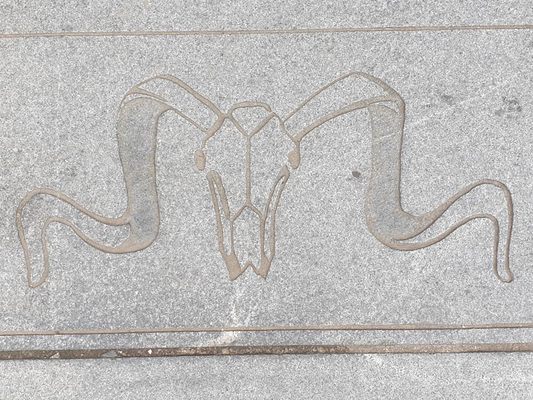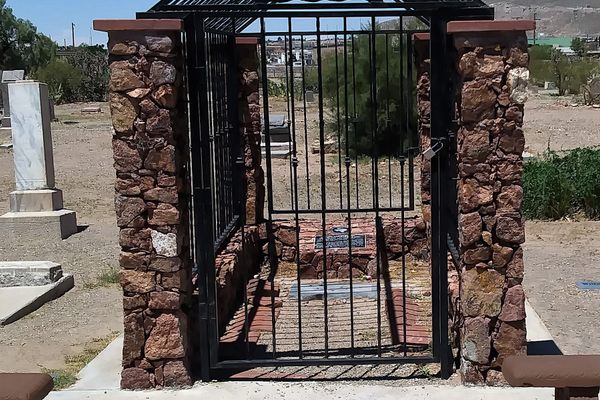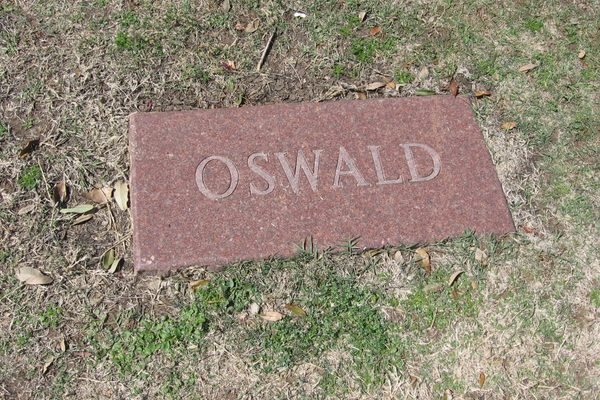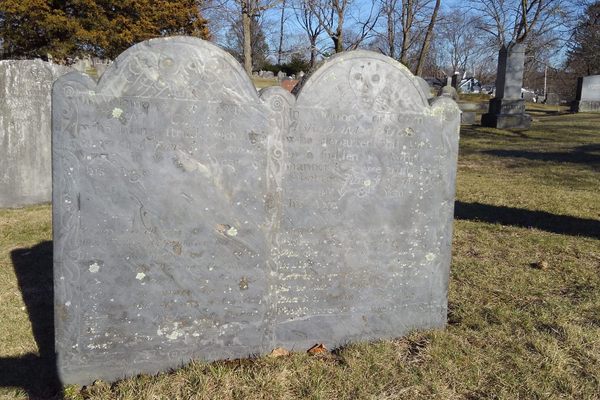About
The Ramshorn Theatre in the heart of Glasgow was once a church constructed around 1826. It was known as David's Parish Church, but was more commonly referred to as Ramshorn Kirk. The building was purchased by Strathclyde University around 1983. It was then refurbished and now houses Ramshorn Theatre and the National Centre of Languages.
Around the back of the building is the Ramshorn Graveyard. This leafy cemetery provides a peaceful headspace for lunchtime office workers during the summer, or for anyone searching for a reprieve from the hustle and bustle of the city.
Many of the graves are well worn by the weather and are difficult to read. However, there is one grave that belongs to a family called Fleming, with a most remarkable story.
The plot contains the final resting place of a family friend named Pierre Emile L'Angelier, formerly of the Channel Islands. His untimely demise became one of Glasgow's most scandalous murder trials.
In spring 1855, L'Angelier met and fell in love with Madelaine Smith. She was 20 at the time and from a very well to do family, L'Angelier was just a lowly paid clerk. Naturally, Smith's parents disapproved of such a relationship, so the two continued their romance in secret. Smith wrote over 250 passionate letters to L'Angelier and agreed to marry him.
Unfortunately for L'Angelier, Smith's parents found a husband from a much more socially acceptable background by the name of William Minnoch, who she also agreed to marry.
L'Angelier did not take this news well, and threatened to publish all her love letters if she went along with the arrangement.
Not long after his threat, L'Angelier was found dead of arsenic poisoning on March 23, 1857. Police found Smith's letters and after discovering she had been seen buying arsenic, they put two and two together and charged her with murder.
The trial was a national sensation as hundreds packed the gallery. Smith's love letters were read aloud in court and were seen as scandalous for the times, especially her revelation that she had lost her virginity to L'Angelier. Fortunately, her wealthy background afforded her the best lawyers and legal assistance. Her team pointed out that she used arsenic routinely as a beauty treatment for her complexion, a common practice during the Victorian era.
The verdict came back as "Not Proven." This meant the state didn't present enough evidence to convict Smith of murder, but in the jury's eyes, she was likely guilty.
Eventually, Smith moved away to London after the court case and married another, business manager George Wardle.
Related Tags
Know Before You Go
L'Angelier's grave is near the churchyard entrance on Ingram Street. Look along the wall of the churchyard and you will see the plot numbers etched. Some are faint, but they are remarkably clear. L'Angelier's grave is in plot J32 and is near the path. The name Fleming can be seen midway down the stone. The churchyard is free to visit, but maintains office hours.
Access to the graveyard is now restricted. It used to be owned by the University of Glasgow but now is owned by the City Council. The gates are locked, though one can still peer through the railings. There are no current plans to open the area to the public.
Standing on the sidewalk and to the right of the church, one will notice a grey stone engraved with the name: "Foulis Brothers." Robert and Andrew were popular publishers during the time of the Scottish Enlightenment. At the time of their deaths, towards the end of the 18th-century, the church covered more ground. With the widening of Ingram Street, their burial plot was left outside the confines of the existing burial ground.
Published
March 4, 2020







